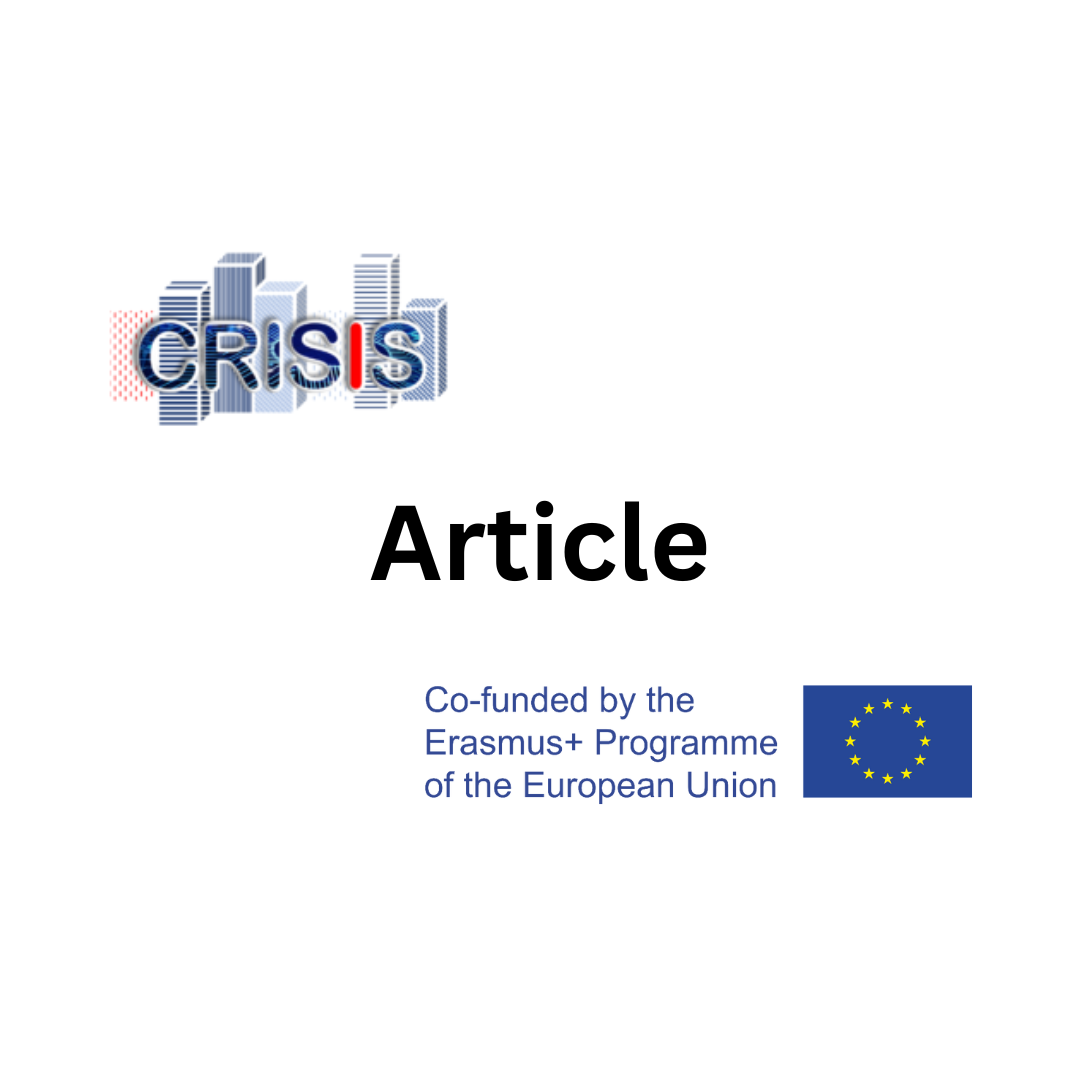Emergence and main directions towards resilient smart cities
Dr. Theodor Panagiotakopoulos ([email protected])
Hellenic Open University
During the last two decades, the smart city concept has been significantly proliferated as an urban development model with the power and potential to address contemporary challenges of cities mainly caused by climate change and urbanization. Cities are now home to over 4.4 billion people (about 56% of the world’s population), and it is projected that by 2050 people living in cities will double their current size accounting for 70% of the world’s population. These trends bring major concerns, which include traffic congestions, water and land scarcities, energy shortages, floods, environmental pollution, human health threats, increased unemployment, and social issues, such as immigration flows and growing inequalities.
In this context, smart cities can be seen as a strategy that focuses on implementing advanced technology-driven solutions to deal with the pressing issues facing policy makers today. They aspire to a techno-utopian future where intelligent systems of decision-making and public service provision are expected to deliver on the promise of sustainable urban growth making metropolitan areas livable and prosperous. At the same time and in parallel with their transition to smart cities, cities had and still experience risks, disasters and stressing situations with the most recent being the COVID-19 pandemic. The latter and, most importantly, climate change, have caused significant unprecedented challenges for cities globally and reignited the debates over cities and their future.
As the frequency and intensity of stressors and disasters induced by climate change and other factors are expected to significantly increase in the future, a top priority for cities and communities is to build up on their resilience. We need to provide cities with the abilities to plan and be prepared for, manage, adapt to, recover from and cope with hazards, shocks, and stresses, but also anything that disrupts the operation of a city either occasionally or periodically. This requires not only a better understanding of urban complexities, but also enhanced predictive abilities to reduce uncertainties and to avoid being overwhelmed by extreme events.
Towards this direction, we can take advantage of the rapid advances in ICT-enabled smart cities, where intelligent systems of decision-making and public service provision are expected to deliver on the promise of sustainable urban growth making metropolitan areas livable and prosperous. Internet of Things technologies, big data analytics and artificial intelligence comprise powerful tools for scientists and city officials to better understand the complex operational dynamics of a city’s sociotechnical systems and provide decision makers with solid and frequently updated information facilitating resilience planning and assessment, risk monitoring, assessment and prediction, real-time response to disasters and crisis management and recovery.
On the other hand, beyond technology, human factors are core components of resilient smart cities. While a creative and skilled workforce does not guarantee optimal urban performance, its presence plays a determinant role in meeting smart and resilient cities’ objectives. Therefore, to create and operate smart and resilient cities, it is important to prioritize the training of the human capital providing them with the appropriate skills to act as the city’s central person for planning and building smart city’s resilience capacity.
Keywords: smart cities, resilience, resilient officer, portfolio and project management
ACKNOWLEDGMENTS
This work was supported by the Erasmus+ KA2 under the CRISIS project “Competences for Resilient Smart Cities’ Staff” (Project No.: 2021-1-EL01-KA220-HED-000032257)


